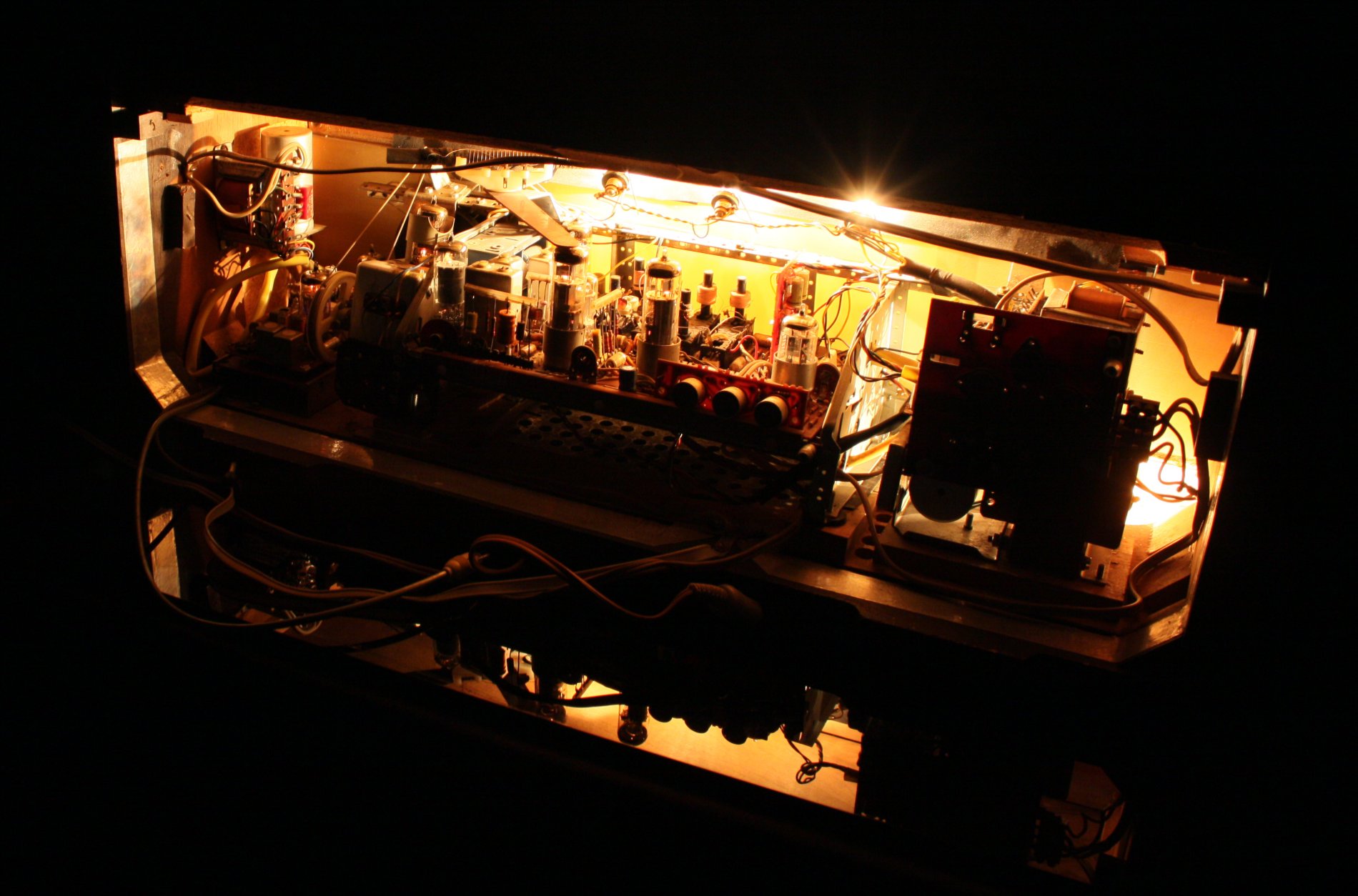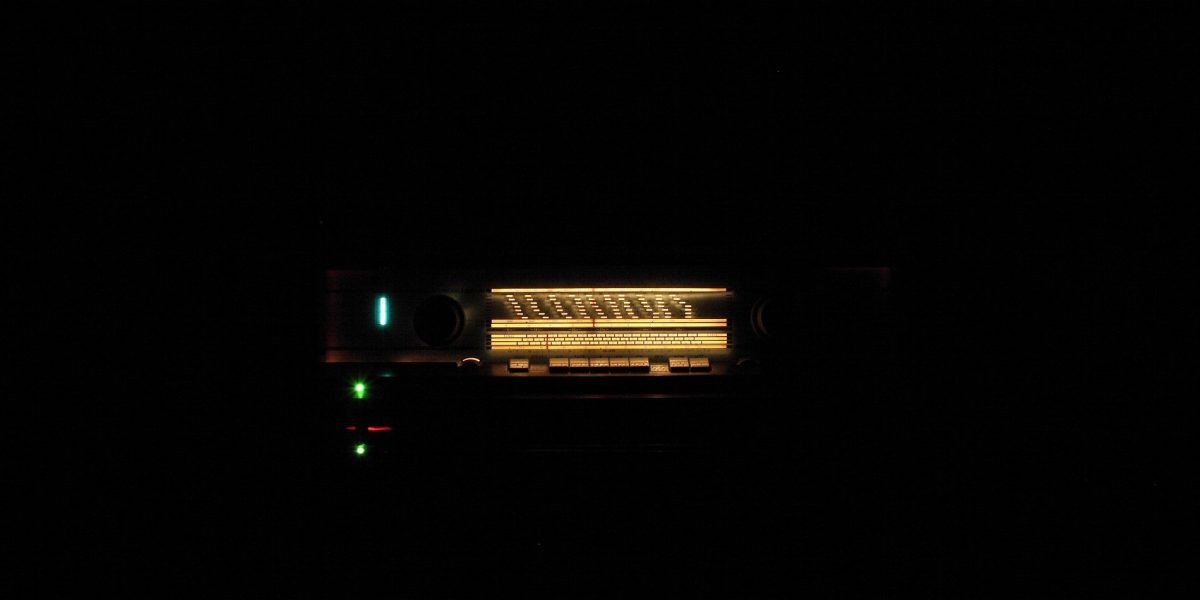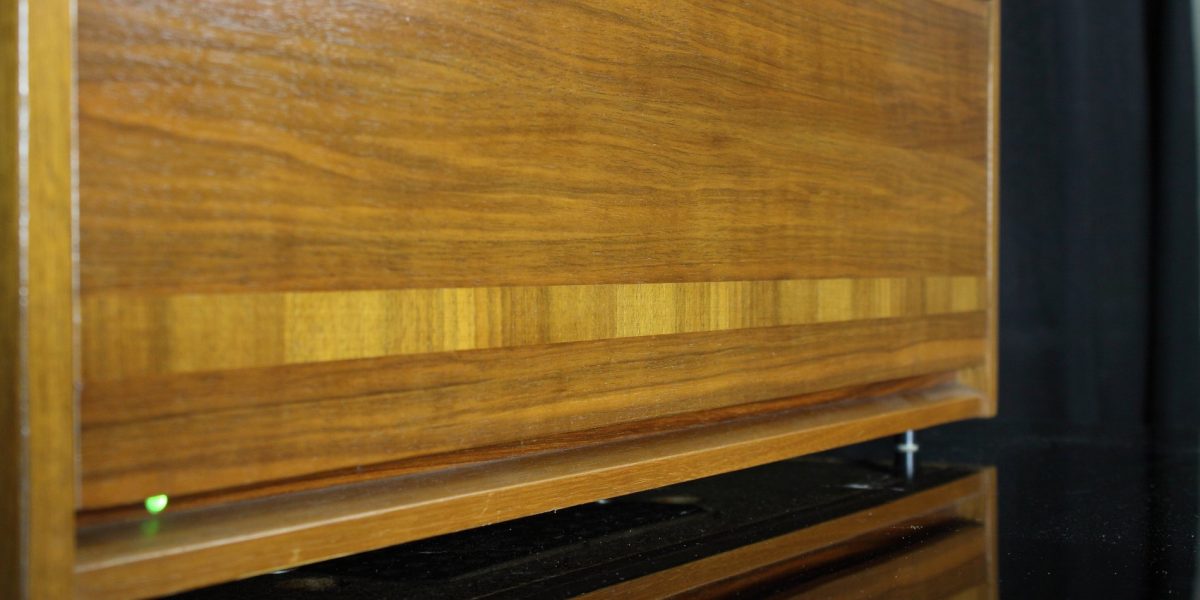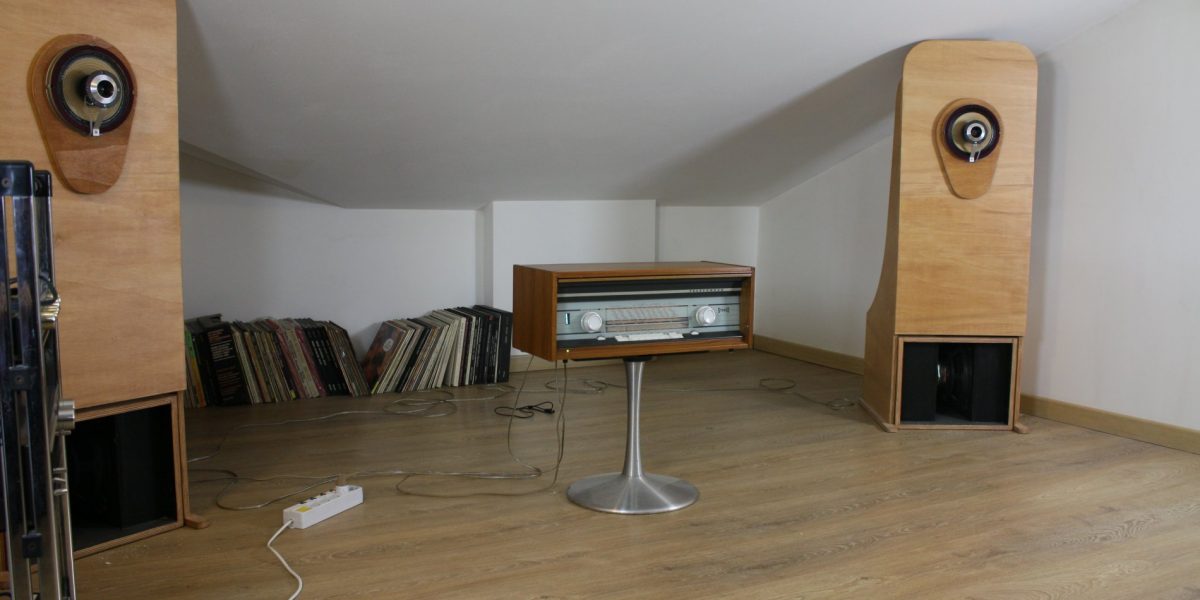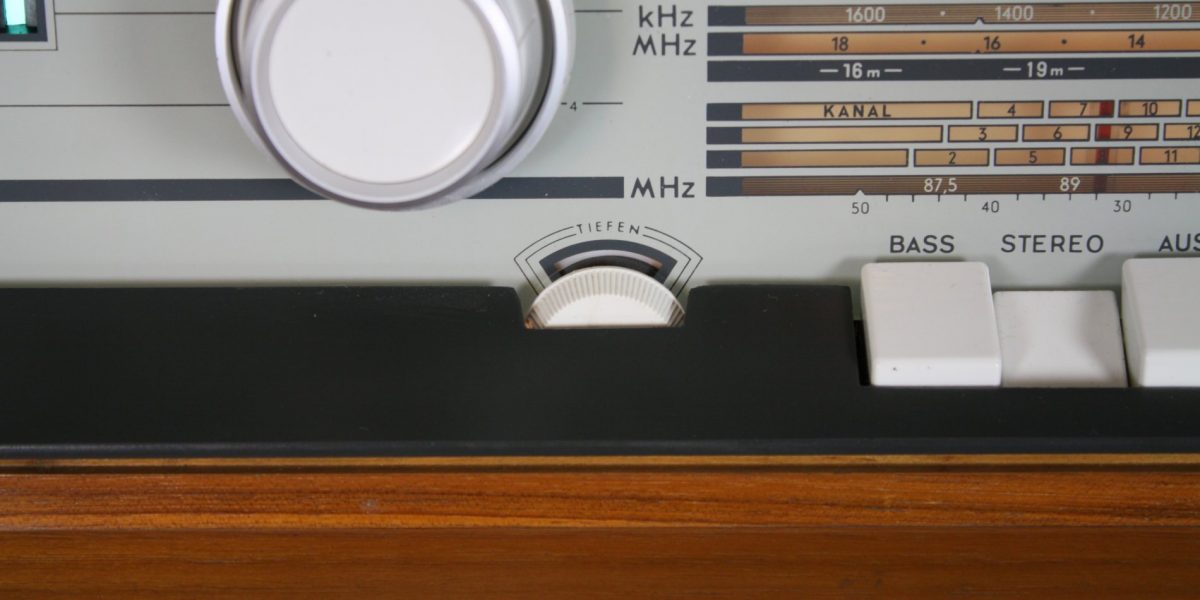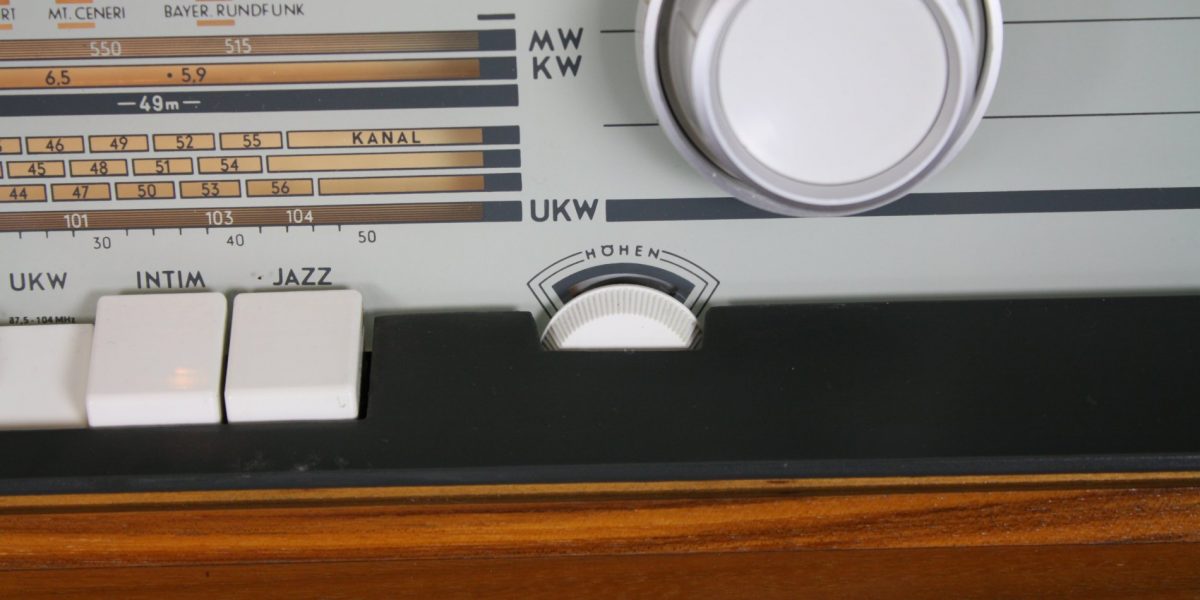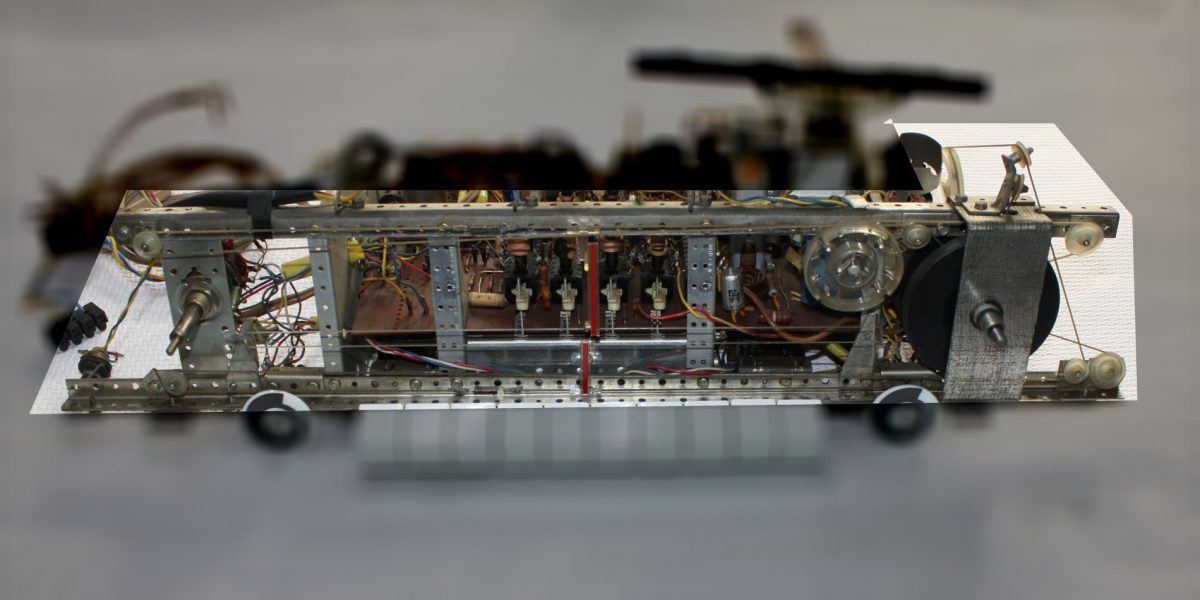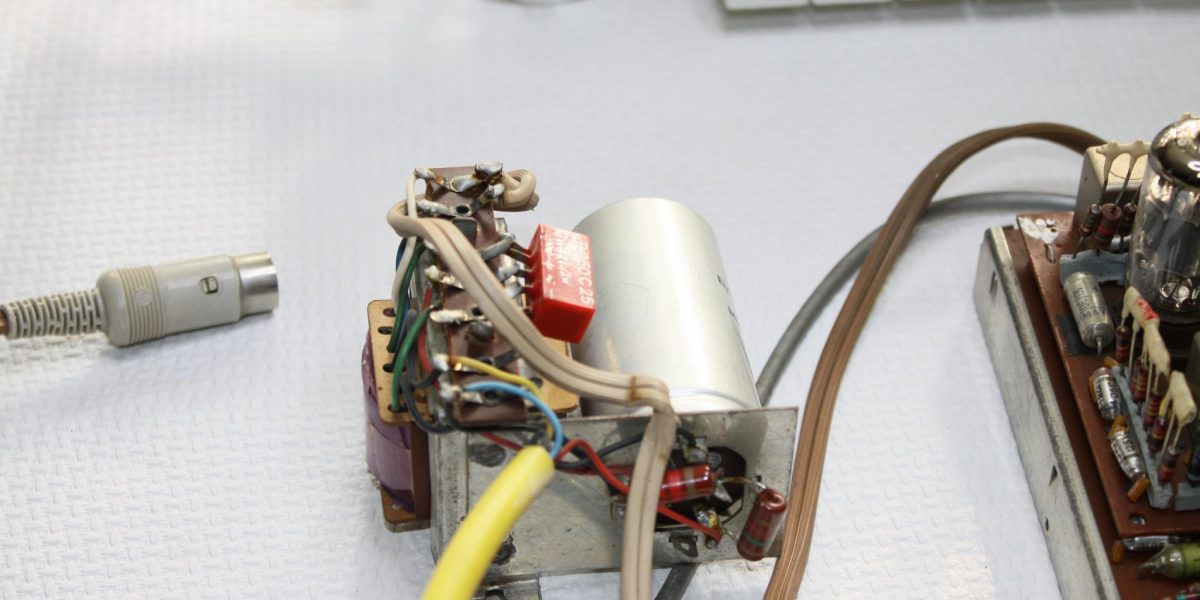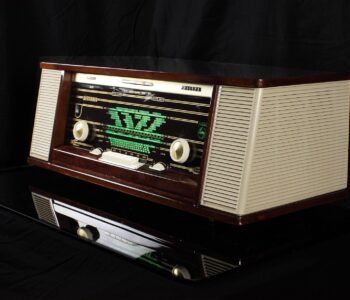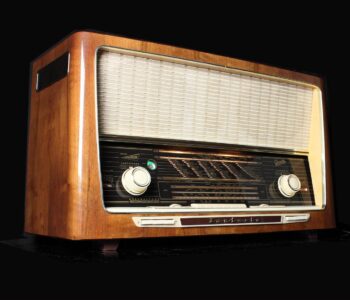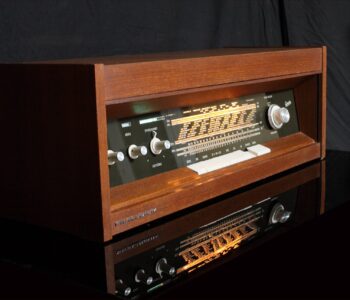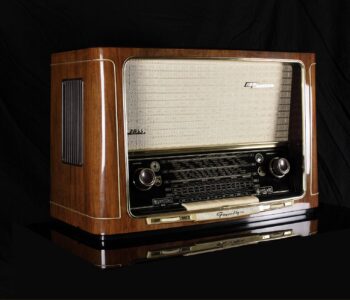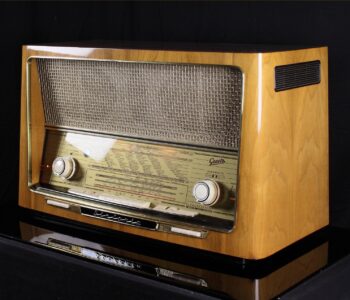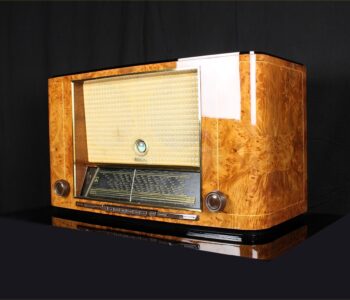 german radios - en
german radios - en
Telefunken concertino steuergerät 2380 – en
- by giovanni
TELEFUNKEN CONCERTINO STEUERGERÄT 2380
TELEFUNKEN CONCERTINO STEUERGERÄT 2380
Around the early 1960s, the biggest German manufacturers put what we now call "receivers" on the market. They called them Steuergerät, which means Electronic Control Unit. The Telefunken Concertino Steuergerät 2380 is one such device.
The Telefunken produced two lines of Steuergerät, one with output stage in A class and the other in AB class. The Concertino 2380 had its output stage in A class, while the Opus 2430, and then the Opus 2550, had their output stage in AB class.
The Concertino has the same sizes, the same cabinet than Opus 2550. The Opus models are more powerful, with 7 W per channel, while the Concertino has 4 W per channel, but 4 W in A class makes the difference.
Another big difference between the Opus and the Concertino is that the Opus was designed with an embedded stereo decoder, while in the Concertino the decoder was optional. All our Concertinos are equipped with a stereo decoder.
The final tube in the Concertino is the famous ECL86. This dual tube consists of a triode, used as a preamplifier, and a pentode, used as a power output. We can often find this tube in refined amplifiers such as the Bang & Olufsen 608 or Scott Stereomaster 200B. The Concertino 2380 is equipped with oversized output transformers to prevent the air-gap reaches saturation. Furthermore, the huge power supply is oversized, as you can see in the pictures.
The circuit also provides a negative feedback that guarantees its linearity. The preamplifier stage has a physiological control of volume and tone controls separated for treble and bass. There are also two removable equalizers, further emphasizing the bass and treble. They’re very useful when the device is coupled to speakers whose frequency response is not entirely linear.
Finally, the sound is very round and balanced, as you'd expect. You can perceive the spaces between the notes. This tube device produces a warm sound, as expected, but can even be edgy with speakers with supertweeters.
The phenomenal sound quality is really unthinkable for this type of device. Since the device has built-in Bluetooth, it’s especially suitable for listening to streaming music. This, in my opinion, is putting it to its best use.
Beautiful stereo receiver with output stages Single Ended in A class, packed into a valuable hidden cabinet. It’s a precious component of a vintage home hi-fi system.

-
SEPARATE LOUDSPEAKERS
It is possible to connect any speaker, preferably with high efficiency.
-
STEREO DECODER
The device is equipped with the rare Stereo Decoder, allowing you to listen to a multitude of FM Stereo broadcasts in stereo
-
BLUETOOTH
Built-in Bluetooth receiver -
MULTI PLATFORM CONNNECTION
Each radio is equipped with a special cable that connects with any digital source.
TUBESOUND ENHANCEMENT
- Separate loudspeakers - Using separate loudspeakers is an important option for stereo receivers. This allows you to couple the receiver to speakers best suited to particular space, design or acoustic performance requirements. The most suitable loudspeakers are analysed later, under loudspeakers.
- Stereo Decoder - The device has an integrated Stereo Decoder. This allows you to listen to stations that use this transmissions system in stereo. Many stereo receivers are not equipped with a Multiplexer so they work in stereo only when you select the record player’s /Recorder/Aux input . Such receivers, in listening to the radio, send the same signal to both channels, so listening is monaural. This is not the case with the Concertino 2380, which is totally beyond stereo.
- Built-in Bluetooth receiver - This unit can be equipped with a BLUETOOTH receiver powered directly from the device. That makes it possible to use the amplifier from any digital device, IPAD, Smartphone, or sophisticated multimedia station. You can listen to your wireless Web Stations or favorite music around the room. On request, we can also mount a Wireless Receiver.
- Multi Platform connections - Along with the device, we can also provides you an impedance adapter cable to connect any digital source, such as iphone, smartphone, computer, CD player, etc. This purpose-built cable adapts different impedances of modern digital equipment. Also the two stereo channels are collected into a single flow without increasing the load input unit.



THE STORY
1903 To prevent the English Marconi Company from having a monopoly on wireless transmissions,,Kaiser Wilhelm II orders the company AEG and Siemens to set up a joint venture to develop wireless telegraphy in Germany. It was established under the name of Gesellschaft für drahtlose Telegrafen mbH.
1923 The company name is changed to Firmierung in Telefunken, Gesellschaft für drahtlose Telegrafen mbH. Abbreviated as Telefunken, where Tele means Telegraph and Funken means "Lightning" in the sense of being fast and immediate.
1930 Production gradually moves from military and Government equipment to the production of consumer appliances. During this period, Telefunken enters the market of radio-television, recorders and etching of records.
1930 As radio transmissions are now needed not only to transmit telegraph messages, but also true music and speech broadcasts, it becomes necessary to introduce the concept of sound compression, to avoid continual volume level changes of the radio. Telefunken designs and produces the U3, the first compressor for transmitting stations in the world,. TheU73b, as seen in the picture, represents the evolution of previous models—it allows you to change the compression level, the release times and the attack times.
1941 All Telefunken’s actions are transferred to AEG, which effectively becomes the sole owner of the trademark Telefunken, its factories and patents.
1948 Germany is not invited to the Copenhagen Conference, where the division of Medium and Short Wave radio frequencies of Central Europe is decided. The war has just ended, and officially Germany isn't considered as a technologically important nation. Because of this, Germany decides to develop FM broadcasts even if the quality of the transmissions is considerably higher than those in the AM. At this time, Telefunken develops the V72 microphone/amplification system and its evolutions, intended to be used in all German broadcasters and most European ones too, as well as at the most important recording studios, such as EMI, Decca, Telefunken, etc.
1955 The company becomes Telefunken GmbH.
1967 Telefunken is joined with AEG and the company becomes ‘’AEG-Telefunken’’.
1970 Poor management causes the company to lose market shares. AEG begins to outsource entire business segments and make constant rearrangements.
1985 Daimler-Benz AG buys what remains of AEG-Telefunken.
1996 The name Telefunken is cleared and all activities related to audio products stop.
Today The company name has been renewed in Telefunken Holding AG. Telefunken and its use worldwide are responsible for the name. In United States Telefunken USA buys the rights to build and market worldwide original microphones and some audio equipment under the brand Telefunken Elektroakustik.
The original company that helped spread the music throughout the world doesn’t exist anymore.
MAIN FEATURES
Year of production: 1963
Superheterodyne IF: 460/10700 8 Circuiti AM 11 Circuiti FM
Wavebands:
Medium Waves (OM), Long Waves (OL)
Short waves (OC), FM (UKW)
VOLTAGE (AC) 110; 125; 160; 220 Volts
External Loudspeakers
Dimensions (LHD): 25.6 x 10 x 10.6 inch
Net weight: 30 lb 13.4 oz
8 Tubes: ECC85 ECH81 EBF89 EBC91 EM84 ECC83 2 x ECL86
Rotating ferrite antenna for AM bands
Stereo Decoder
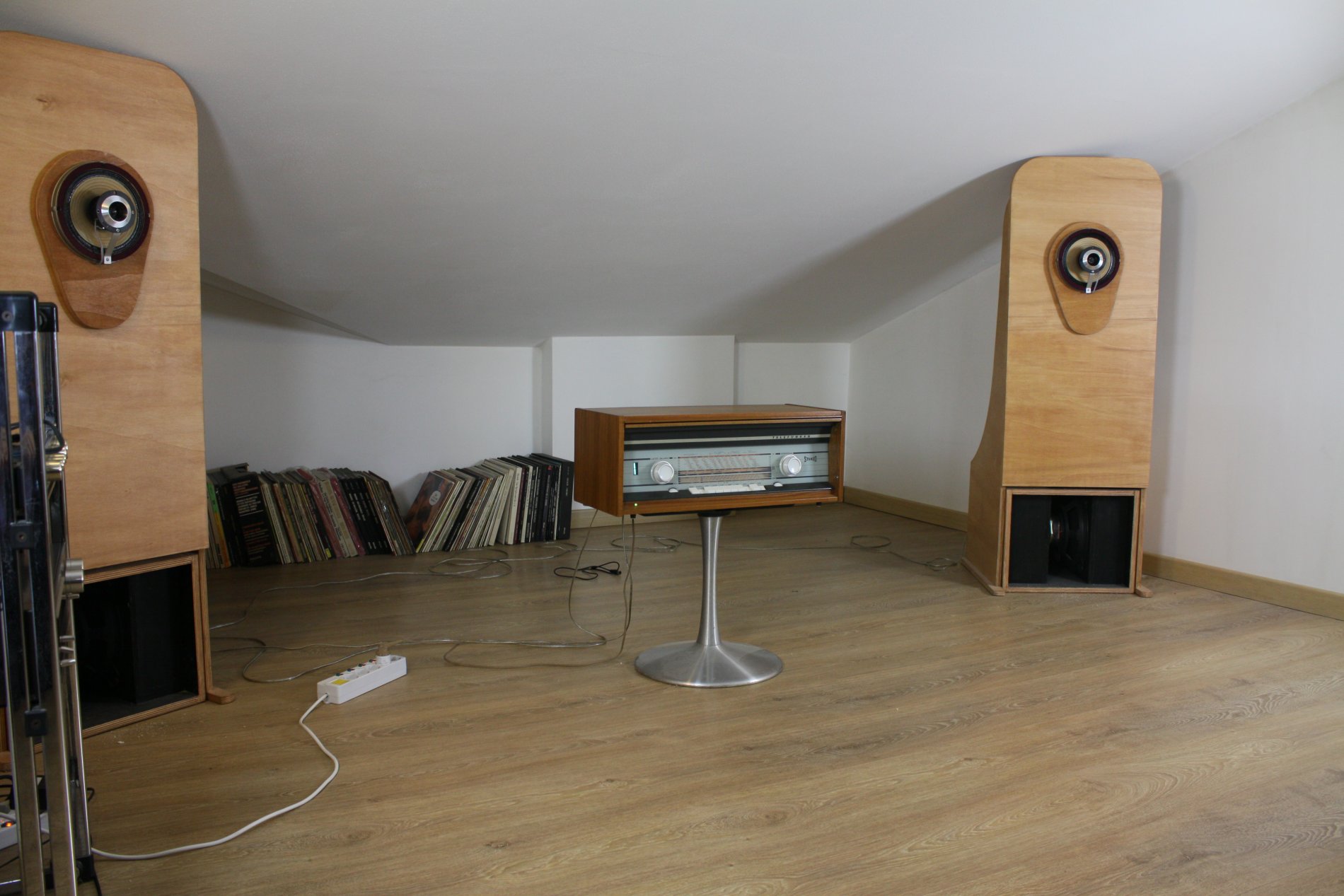
LOUDSPEAKERS
The coupling of this receiver with high efficiency speakers is perfect.
Any Open Baffle, or JBL, Altec, Cervin Vega and Jensen.
Satellite speakers with hidden subwoofer are also fine.
However, the receiver is unable to drive low efficiency speakers, such as the AR3A and similar models.
TONE CONTROL WITH LEVEL INDICATION
As with each Hi-Fi amplifier from this time period, the Concertino 2380 has separate bass and treble control. An interesting feature is that the high-tone control also changes its efficiency with the volume variance, because of its association with the loudness circuit.
There is also a system of correction for the frequency response, consisting of two buttons that insert preset equalization curves. The BASS button emphasizes the low frequencies while the Jazz button emphasizes the high frequencies.
ANTENNA ORIENTATION
Inside the Cabinet there is a dipole to receive FM bands and Shortwaves. A ferrite rotating antenna is for long and medium waves reception. The ferrite antenna can be rotated from the outside to collect the maximum possible signal while receiving two AM bands.
In the picture you can see the entire mechanism of the antenna’s rotation. Using the internal antennas, the sensitivity is very good. Of course, under some conditions, using an external antenna further increases the receiver’s sensitivity.
SEPARATED TUNING CONTROL BETWEEN AM AND FM
The tuning system is interesting and different than other devices made in Germany. The device is equipped with separate tuning mechanisms for AM and FM bands. There are two tuning knobs, separate but coaxial, with cable and pulley systems separated depending on the band. This type of tuning has a very strong mechanics.
Regarding maintenance, cleaning and lubricating once every 10 to 15 years is sufficient.

TUNING INDICATOR
The magic eye has of course been replaced.
To the right is the Magic Eye, which indicates the perfect tuning position for each station.
You can also see the coaxial volume controls (with built-in loudness) and balance controls.
Just below there’s the Bass control knob.
At the top we can find the dial glass.
Below, in order,
- the BASS switch (bass boosted),
- STEREO, AUS (off),
- LW (long wave), MW (medium wave), KW (shortwave), UKW(FM),
- INTIM (reduces the volume by 20 dB),
- JAZZ (treble emphasis).
Finally there are AM/FM Tuning knobs.
Below, you can see the high-tone control knob.

REAR SIDE
Output for external speakers.
Socket for recorder (tonbandgerat).
Turntable input (Tonabnehmer)
AM and FM aerial inputs and ground socket.
RESTORING WORKS
THE USUAL AMAZING LAST IMAGE
